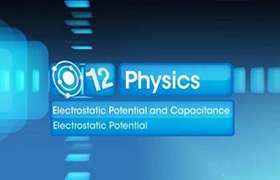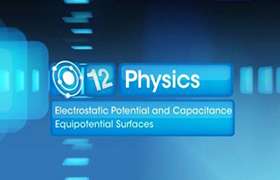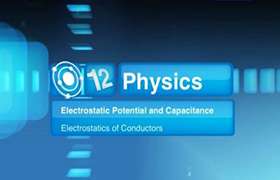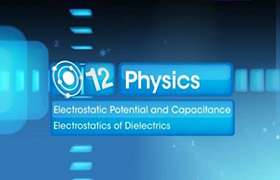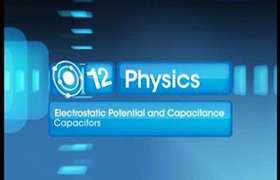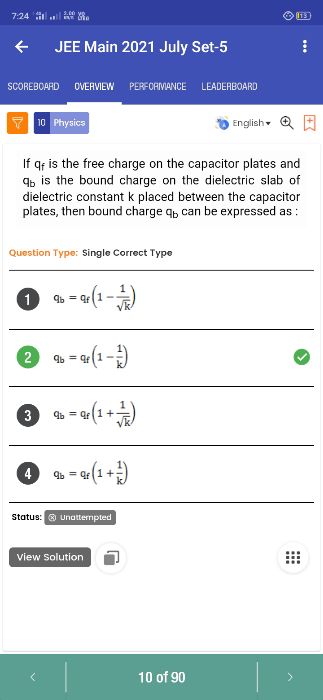CBSE Class 12-science Answered
Dear Student,

Figure is for indicative purpose only.
Capacitances and voltage are as given in the query.
V = Q/C
CE=> 1, ED=> 2, CF=>3, FD=>4, FE=> 5 (subscripts)
Because of symmetry, it is clear that:
q1 = q4, and q2=q3.
(We can get above result if we apply Kirchhoff’s Laws to various loops and nodes, and solve the equations.)
Applying Kirchhoff’s Law to ACEDB:
10 - q1 - (q2) /3 = 0 I
At point E:
q5 + q1 = q2
q5 = - q1 + q2 II
Applying Kirchhoff’s Law to EDF:
(q5)/4 + (q2)/3 = q1
q5 = 4q1 - 4/3 (q2) . . . III
III - II gives
q2 = 15/7 (q1)
Substituting in I :
10 - q1 - 5/7 (q1) = 0
Hence
q1 = 35/6 = 5.83 microC
q2 = 75/6 = 12.5 mcroC
As per II :
q5 = 40/6 = 6.67 microC
We hope that clarifies your query.
Regards
Team
Topperlearning

